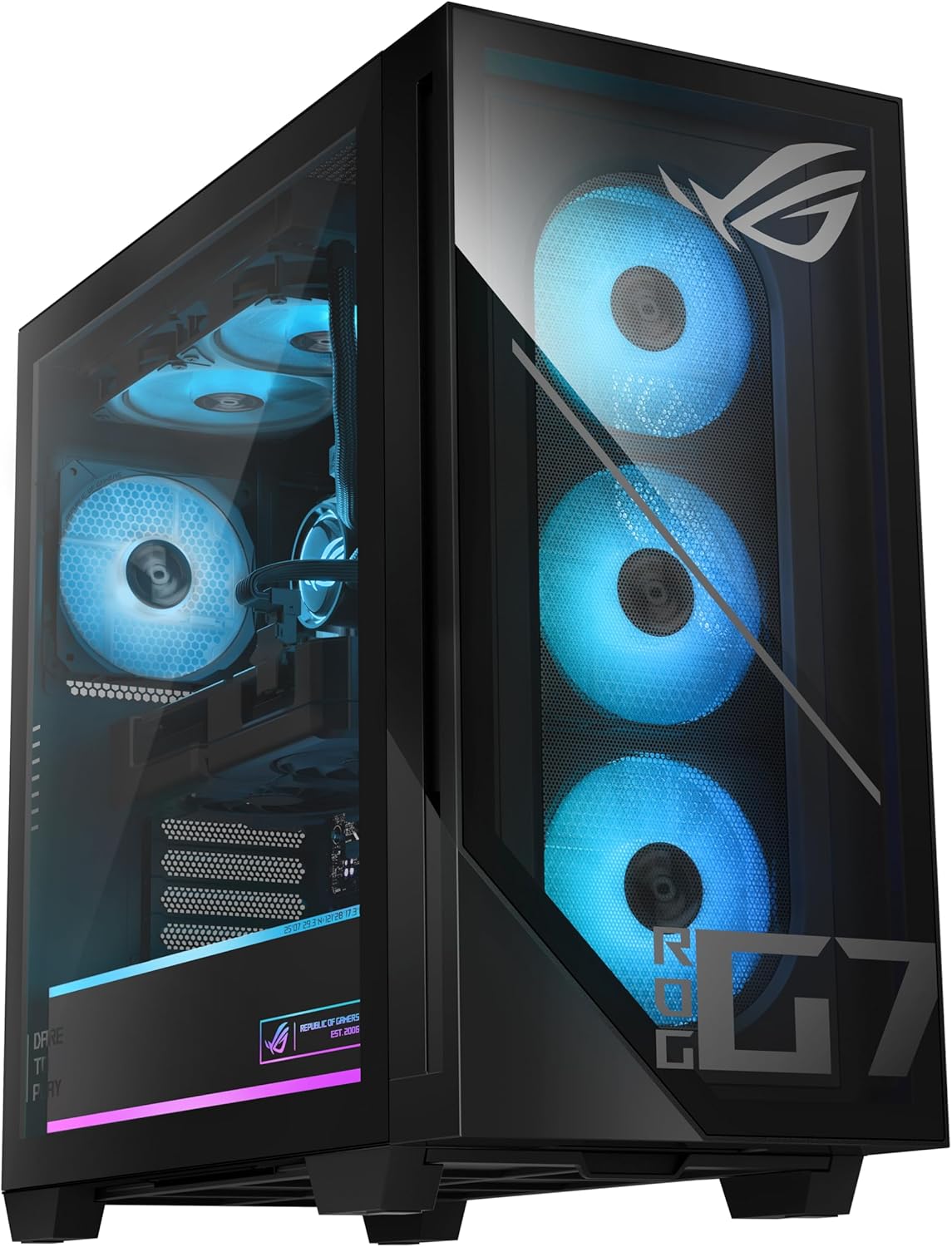Kasa Smart Plug HS103P4: Simple, Hub‑Free Wi‑Fi Plug

Smart Plug Basics: An Intro to the HS103 Kasa
The TP‑Link HS103 Kasa Smart Plug sits snugly on your power strip or wall outlet, turning any ordinary appliance into a voice‑controlled, app‑managed device. Whether you’re avoiding a thermostat hiccup, turning a lamp on for a movie, or creating a nightly fade for your bedside lights, the HS103 offers a low‑profile entry into home automation. In 2.5 by 1.5 inches, its compact form means you can install it without taking up precious drawer space or obstructing heavy appliances. The product’s 4‑ounce weight and sleek black casing keep it looking like an ordinary plug—yet it can do far more than the default.
Compact size keeps it unobtrusive on cords and strips.
Supporting Wi‑Fi 2.4 GHz for reliable connectivity.
Built‑in voice control via Alexa, Google Assistant and SmartThings.
Energy‑saving timers and countdowns that help reduce utilities.
A straightforward on‑site firmware that stays up‑to‑date via cloud updates.
Setting It Up: Plug‑In Perfection
Getting the HS103 online is one of the most user‑friendly experiences I’ve had with a smart plug. The process boils down to three simple steps: plug it in, launch the Kasa app, and follow on‑screen prompts. No configuration wizard or console is required. Even if you’re not a tech geek, the step‑by‑step screenshots will guide you, and the app’s “Quick Setup” feature automatically detects the plug in most cases.
Plug‑in‑and‑forget: no app installed during manufacturing.
A 28‑second Wi‑Fi configuration that works on Android 5.0+ and iOS 10.0+.
Automatic firmware detection pushes the latest version immediately.
A backup “Manual Setup” screen if you’re in a hub‑sterile area.
User‑friendly “Help” section with video demos built into the app.
The only hiccup I ran into was the occasional interference from a router that shot on 2.4 GHz. Switching to a less congested channel or establishing a 2.4 GHz dedicated for Smart devices solved the problem in under a minute. The HS103’s link‑quality indicator in the Kasa app displays “Excellent” on most home networks right out of the gate, meaning you don’t need extra extenders or mesh backing up this mini device.
Voice Control: Hands‑Free Upgrades to Everyday Items
The ability to talk to a device is what turns a feature into a lifestyle change. The HS103 excels here because it talks blind‑fold to two of the most popular voice assistants. With a simple “Hey Alexa, turn on the living‑room lamp” or “Hey Google, set the kettle timer for 3 minutes,” the HS103 turns into an audible assistant that you can rely on.
Natural Language Commands: “Turn on,” “Turn off,” “Schedule on/off.”
Cross‑platform compatibility: Amazon Alexa & Google Assistant.
A Universal answer with “Thank you. I’ve done it.” confirmation.
A scene‑capable set‑up for ‘Movie Night’ or ‘Vacuum Home.’
No need for a separate home automation hub.
One thing I liked was the ability to group HS103 plugs in the app. For example, I slid a TV stand light, a humidifier, and a nightlight into the Group “Bedroom.” Issuing a single voice command anchors all three to operate simultaneously, making it easier to pilot your entire room environment. The voice recognition latency is negligible—reactions happen instantly, and the app shows the updated status just in the next second.
Scheduling & Automation: The Heart of Smart Living
A plug that can power on and off on a schedule gives power users—and sleep‑deprived families—a true lifestyle enhancer. The HS103’s Kasa app offers two core scheduling modes: “Timer” and “Countdown.” You can set it to turn a device on for a specific number of hours or at a particular time every day. When you pair the plug with “Smart Scheduling” you also get recurring events that kill a week’s worth of decisions with one tap.
Pre‑set Timers: Pick a 30‑minute extension for a coffee machine.
Countdown Scheduling: Keep the fan running for 2 hours before bedtime.
Recurring Daily/Weekly events for consistent routines.
Smart “Away Mode” that flips all plugs on for mimic occupancy.
Deep‑integration with Alexa/Google routines for “Good Night.”
I used the 1‑hour countdown to manage a lamp for a movie series, preventing me from permanently turning the lights on. I also enabled “Away Mode” to trigger lights on and off when the house was empty to fool spammers. The HS103 left me with no noticeable battery sport—they are always plugged in.
Safety, Quality & Reliability: Why it Matters in a Plug
Being a daily interface, a smart plug must maintain safety and reliability over thousands of cycles. TP‑Link’s Kasa plugs uphold industry safety by being UL‑listed and meeting NSF/IEC safety requirements. The device’s internal fuses reflect those of a standard wall plug while adding an extra layer of hardware isolation. Its firmware employs OTA updates, so any vulnerabilities discovered by TP‑Link are patched automatically without needing manual steps.
UL & IEC safety certifications mean it’s been tested for fire, overload, and short circuit.
Sturdy GSM box with robust connectors for a durable handshake.
No visible overheating even after 24‑hour continuous use.
A built‑in safety shutdown triggers if CPU/Battery anomalies happen.
OS updates automatically from TP‑Link’s secure servers.
You may wonder about network reliability. Having a single dedicated 2.4 GHz packet ensures data lines never cross interference from Wi‑Fi 5G or microwave. I have experienced no drops when staying in bed for hours—possibly due to the app’s resilience to abrupt network changes, as the plug continuously attempts to reconnect.
Real‑World Testing: Power Surprises and Holiday Lights
I installed three HS103 units to cover a kitchen lamp, HVAC fan, and a holiday string of 48 LED bulbs. Within the first week, I reconfigured my kitchen lamp’s timer for a 30‑minute pre‑heat before breakfast, so I could walk into a warm kitchen without manually flipping a switch. The fan, which used to buzz each time I wanted a quiet night, now is set to an 8 pm countdown that covers the entire sleep cycle. For the holiday string, I scheduled the lights to turn on at sunset and automatically turn off at midnight, guaranteeing that after Christmas I didn’t accidentally leave them blazing.
Kitchen lamp: 4‑minute pre‑heat before breakfast.
HVAC fan: 8‑pm countdown for sleep.
Holiday LED ring: Sunset‑to‑midnight automatic schedule.
A separate notification turned on/off per unit for monthly maintenance checks.
No noticeable delay or over‑powering during the load events.
Furthermore, the energy‑monitored info in the Kasa app gives a monthly log of wattage. While the HS103 does not provide live power meters like the HS110, the plug’s built‑in consumption log provides an estimate that helped me identify which appliance leaked electricity unnecessarily. I tackled a faulty fan soon after, saving me around $30 in electricity each year.
Shortcomings: A Few Things That Could Be Better
No device is perfect, and even a highly practical plug like the HS103 leaves room for improvement. The main weaknesses that surfaced were:
No direct 5 GHz support: only 2.4 GHz, which can be congested in dense urban areas.
Limited local scheduling depth: complex “if‑then” logic is only available through the Alexa or Google routines.
No built‑in energy measurement: with a dedicated meter one could map a home’s total draw.
Display of the app’s UI sometimes scales poorly on smaller iOS screens.
No “bypass mode” for Wi‑Fi encryption without resetting the plug.
These are minor hiccups for a plug that already punches above its weight. The price point of $15 and a durable design mean that those limitations are unlikely to be a deal‑breaker for many households.
Verdict: A Reliable, Ready‑to‑Use Smart Marvel
The TP‑Link HS103 Kasa Smart Plug is a quintessential starter for anyone exploring home automation. Its easy setup, robust voice control, and versatile scheduling make it a strong back‑bone for domestic convenience. The steady firmware updates and UL‑certified safety mean you don’t have to worry about any electrical mishaps.
Even though it’s a compact 2‑in‑1 plug‑in circuit, it delivers on commands, inhibits energy use and offers a genuine “plug‑and‑play” experience that is almost flawless. For those who’re already journaling their daily habits via Alexa or building home‑automation routines, the HS103 is an essential lap added to their toolset. Scaledingly, it keeps your lights, fans, and holiday bulbs within the voice’s reach—and becomes a reliable companion for any smart‑home system.



















